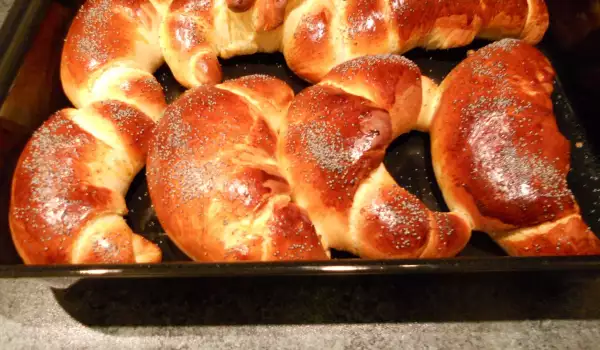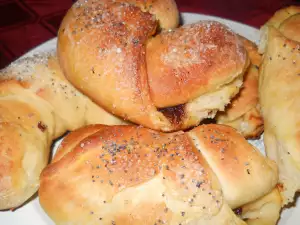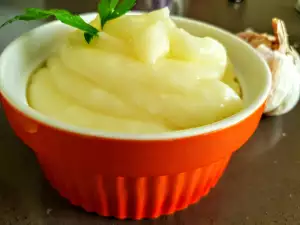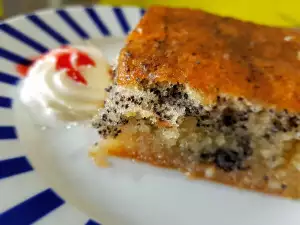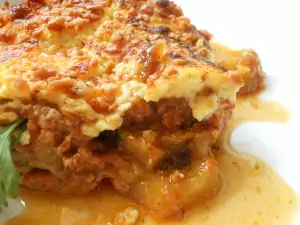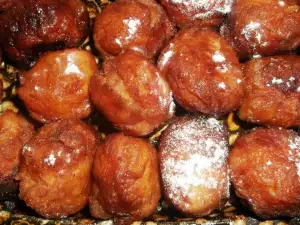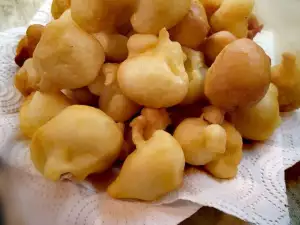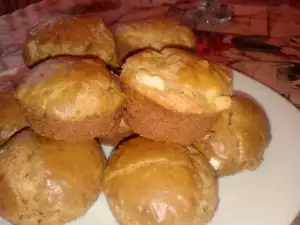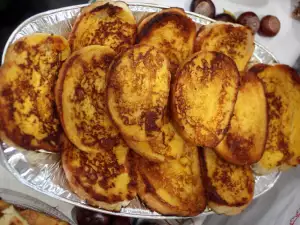How to make
You need to work with a mixer or knead a Easter bread dough in the classic way. Prepare two flat trays that are well greased. Oven - 360°F (180°C).
The sifted flour, sugar and dry yeast are poured into the bowl of the mixer, without being previously activated. Mix. Add the eggs one by one, by stirring after each one, then add the warm milk. Add a pinch of salt.
Beat on a low setting of the mixer, until the ingredients are well mixed and a nice ball of dough is formed. Very carefully, spoon by spoon, the fat needs to be added, by waiting for each spoonful to be well absorbed by the dough. The beating continues, until the fat is used up and the dough starts to separate from the sides of the bowl.
Remove it from the mixer and place in a lightly greased deep bowl, cover with fresh foil and leave it to rise for about 70/80 minutes. The well risen dough is poured onto a lightly greased kitchen counter and it is broken into pieces that are lightly greased with hands.
The pieces are shaped into balls and left to rise for another 15 minutes onto baking paper. After that, the rolls are shaped onto a greased surface and arranged in the greased tray with a distance of about 1.2″ (3 cm) between them, because when they rise again they may stick to each other.
Leave them to rise for another 30/40 minutes. Spread them with egg and leave them to rise again for another 15 minutes, then again spread them with egg and sprinkle them generously with poppy seeds. Bake at 360°F (180°C) for about 15 minutes at the most. Cool them completely.
I used 3 eggs, because mine were big. The first time I left them to rise, it took me exactly 1 hour. I worked with an electric scale and each roll is about 4.6 oz (130 g) of dough. This wonderful recipe is taken from a 1960s cookbook and is authentic for making the real poppy roll of our grandmothers' and mothers' days.
You can also work with a hand held mixer with the thick dough attachments. If fresh yeast is used, it should be activated in advance with a little warm milk, 1 teaspoon of sugar and a little flour. The other ingredients are added and the mixing is now done by hand, by adding the fat, like when making Easter bread.
The time specified in the recipe for the repeated rising of the rolls is fully followed, perhaps this is also the secret to making them fluffy and soft. A wonderful recipe from many years ago with a real poppy roll taste.
